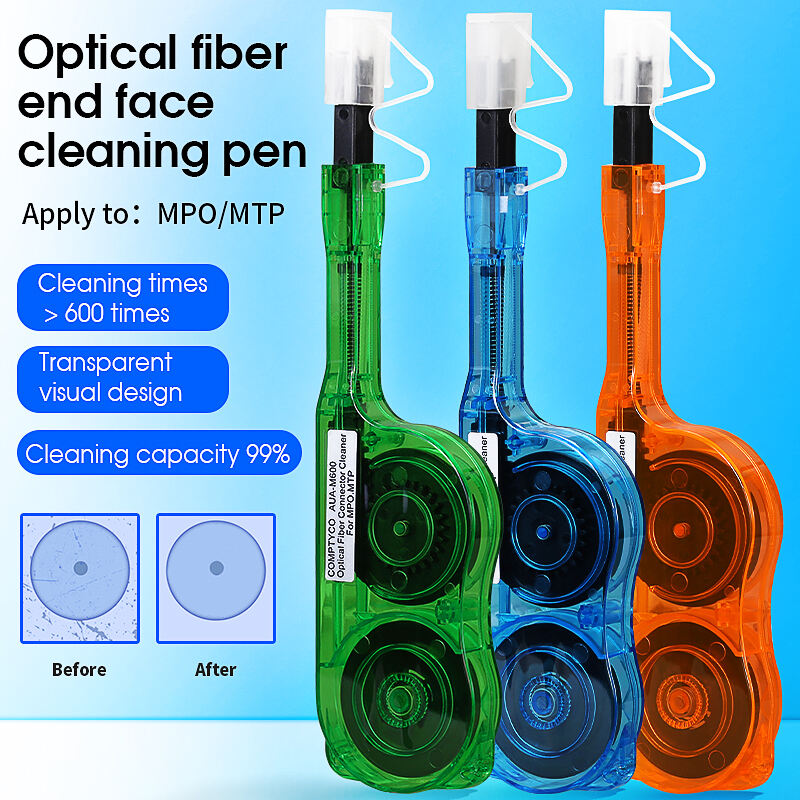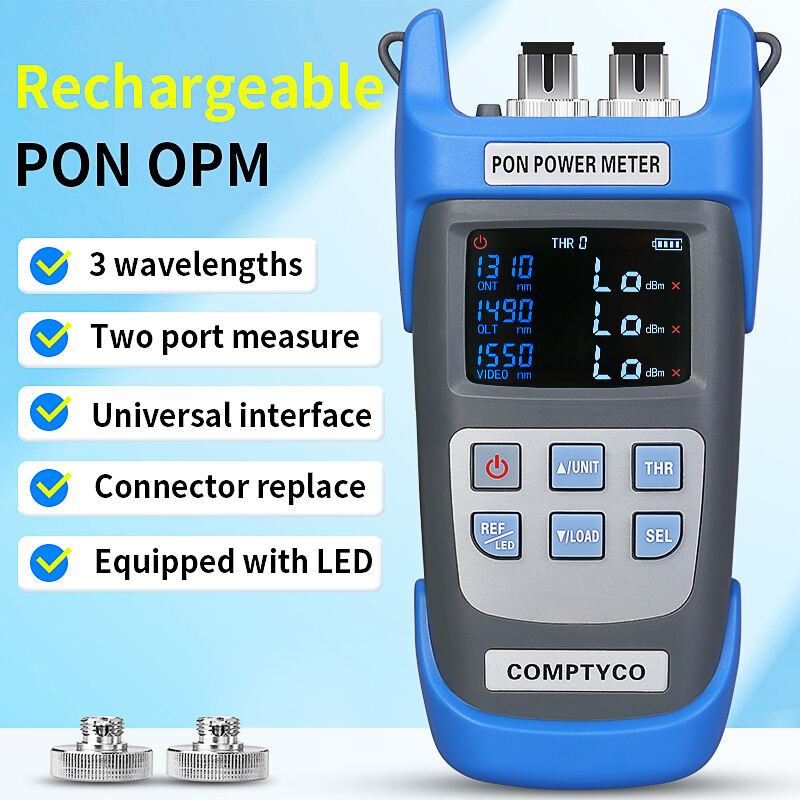otdr measurements
OTDR (Optical Time Domain Reflectometer) measurements represent a crucial advancement in fiber optic network testing and maintenance. This sophisticated technology operates by sending short pulses of light through optical fibers and analyzing the returned signals to provide detailed information about the fiber's characteristics. The OTDR measurement system effectively detects and localizes faults, measures splice and connector losses, and determines the overall length of fiber optic cables with remarkable precision. This testing method stands out for its ability to perform non-destructive, one-ended testing of fiber optic cables, eliminating the need for cutting or accessing both ends of the cable. The technology employs advanced algorithms to interpret backscattered light signals, providing comprehensive data about fiber attenuation, break points, and connection quality. Modern OTDR measurements offer high-resolution mapping of fiber optic networks, capable of detecting anomalies as small as 0.001 dB and pinpointing their location within meters. These measurements are essential in both the installation phase of fiber optic networks and ongoing maintenance operations, ensuring optimal network performance and rapid troubleshooting capabilities.


